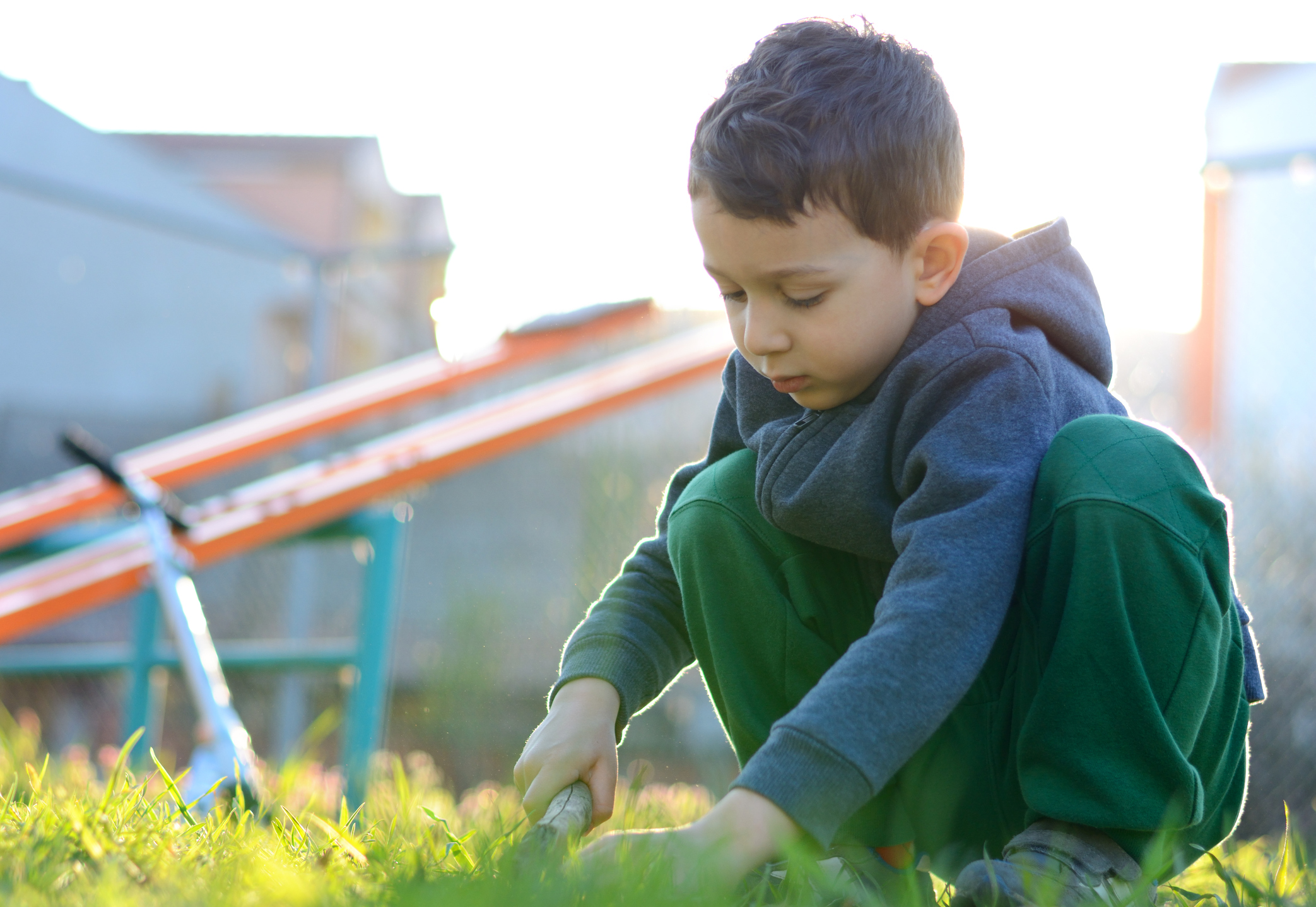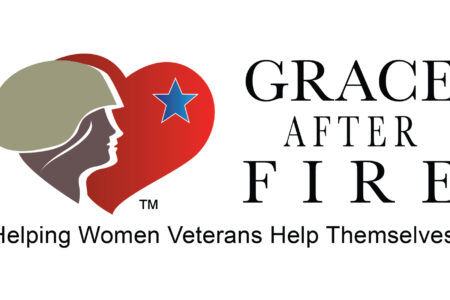Share On Social!
Since the turn of the century, research has highlighted the importance of early life experiences on long-term health and social outcomes.
While childhood exposure to severe or prolonged toxic stress can negatively impact the brain, body, and behavior, early interventions can increase the odds of positive health and social outcomes.
That’s why, in December 2020, Dr. Nadine Burke Harris released her Roadmap for Resilience: The California Surgeon General’s Report on Adverse Childhood Experiences, Toxic Stress, and Health.
Salud America! is exploring the report as part of its 11-part series on toxic stress.
“The pervasive, high prevalence of [adverse childhood experiences (ACEs)] and the enormous costs of health, economic, criminal justice, and other downstream effects suggest a need for greater emphasis on preventive measures, especially during the earliest years of life, when impacts are most consequential and produce the highest return on public investment,” Burk Harris’ roadmap states.
Below are primary prevention, early detection, and early intervention strategies for early childhood support to address ACEs and toxic stress among Latino and all people.
Primary Prevention Strategies in Early Childhood Supports
Primary prevention includes efforts that target healthy individuals and aim to prevent harmful exposures and behaviors from ever occurring.
It’s all about improving the systems and conditions in which families live.
This starts with evidence-based policies and programs that lead to greater family financial stability, better environments for young children, and early detection of and response to challenges and unique needs.
Improving access to quality child care and early childhood education, for example, can lead to both greater family financial stability and better environments for young children, while also relieving parental stress.
High-quality child care is linked to improvements in executive functioning, verbal skills, task persistence, school readiness, and general knowledge, as well as reduced hostile behavior.
“The evidence is clear that educational experiences cannot wait until kindergarten, as brain development is most rapid and consequential during the first few years, when the fundamentals of one’s neural architecture are laid down to facilitate all future learning and development,” Burke Harris’ report states.
Improving subsidies for and availability of child care and early education are keys to improving access. Staff training and retention, nutritional support and health consultation are keys to improving quality.
Pediatricians and family practitioners can support early childhood development through the Reach Out and Read program, where they provide developmentally appropriate books (and both English and Spanish literacy materials) and introduce caregivers to the benefits of early reading.
“Reach Out and Read has more than 5,000 programs and reaches more than 4 million children, mostly Spanish speakers,” according to a Salud America! report. “Preschoolers served by Reach Out and Read score three to six months ahead of their non-program peers on vocabulary tests, which can help close the word gap and the gap on school readiness.”
Early Detection Strategies in Early Childhood Supports
Early detection aims to identify risk factors and build protective factors.
This means strategies should identify and provide additional supports to those at risk for ACEs to strengthen buffering influences that help prevent ACEs from leading to toxic stress.
For example, strategies should target economic supports and home visitation programs to pregnant teens and families who have a history of or are at risk of further ACEs, such as intimate partner violence, insufficient income, unstable housing, less than 12 years of education, substance abuse, and mental illness.
Economic supports include:
- Earned Income Tax Credit
- Supplemental Nutrition Assistance Program (SNAP)
- Women, Infants and Children Supplemental Food Program (WIC)
- Housing Choice Voucher Program
- Supplemental Security Income Program
- Child care subsidies
- Minimum wage
- Paid family and medical leave
- Affordable insurance
- Coverage of education expenses
- Transportation support
Targeting economic supports to those at risk for ACEs is critical because children in families with incomes below 150% of the poverty level have double the odds of having an ACE score of three or more compared to those in higher income brackets.
The California Home Visiting Program (CHVP), for example, maps out various factors of child wellbeing and expands home visiting services to the areas with the highest concentrations of risk factors.
 The CHVP then pairs nurses and paraprofessionals with pregnant and newly parenting women in these areas to promote positive parenting and improve child health.
The CHVP then pairs nurses and paraprofessionals with pregnant and newly parenting women in these areas to promote positive parenting and improve child health.
“Among the best-supported interventions for improving child and family outcomes are high-quality, voluntary home visiting programs for new parents to ensure they have the community support and services they need during a significant time of transition,” Burke Harris’ roadmap states.
Beyond providing services and resources, home visitation programs can reduce the dysregulation of immune, endocrine, metabolic, and neurological systems, which are important for both the caregiver and the child.
According to Burke Harris’ roadmap, the Nurse-Family Partnership has shown:
- improved maternal employment
- improved maternal/child attachment
- improved child cognitive and language development
- gains in academic achievement
- fewer behavioral problems
- lower rates of substance use
- fewer arrests, convictions, and parole violations by age 19
- lower use of public assistance and food stamps
- reductions in subsequent family births
“Home visitation programs are inherently multi-generational and seek to address parental stress and readiness, identify needs and care directly for young children (typically up to two to five years old), and facilitate social support networks,” Burke Harris’ report states.
Outside California, the Nurse-Family Partnership helps women and families in 42 states.
This includes the largely Latino region of South Texas, where Sylvia Lopez connects in-need pregnant women to home visits from nurses to ensure healthier pregnancies, families, and children.
“It has reduced the number of repeat unwanted pregnancies and met educational goals for kids and moms. It also has promoted safe sleep practices,” according to a Salud America! report about Lopez and the program.
Additional strategies to support at-risk families include educational opportunities for parents and early childhood professionals about:
- ACEs and toxic stress
- Long-term health and developmental impacts
- Strategies for parental self-care
- Buffering interventions to prevent the transmission of adversity
“Positive or protective childhood experiences, like a close connection with a caring adult, can generate significant protective factors against toxic stress,” Burke Harris’ roadmap states.
Early Intervention Strategies in Early Childhood Supports
Early intervention includes efforts that target children already experiencing ACEs to reduce the magnitude of negative downstream outcomes and prevent recurrence.
Pediatricians and family practitioners can promote the following evidence-based strategies: healthy relationships, sleep, exercise, nutrition, access to nature, mindfulness practices, and when needed, mental and behavioral healthcare.
Family Resources Centers are an important part of this effort.
Center can provide substance abuse prevention, parent skill training, violence prevention, respite and crisis care services, and job training.
Recommendations in Burke Harris’ roadmap include:
- Strengthen networks for referral and treatment systems toward greater effectiveness, accountability, and ease of navigation for children, adults, and providers
- Enhance cross-departmental collaboration, including goal-setting mutual and accountability for maintaining such partnerships
- Integrate data across programs and agencies
- Produce and disseminate universal messaging on the prevention of ACEs and toxic stress
- Train the early childhood sector workforce in trauma-informed approaches
- Reinforce competence among the early childhood sector through the licensing and accreditation process
- Tailor services and supports to local contexts and cultures
- Invest in a robust research agenda
A robust research agenda needs to explore Latino families’ strengths.
“Assuring the well-being of all families is the cornerstone of a healthy society and healthy future generations, and requires universal access to support programs and services,” Burke Harris’ roadmap states.
What Can We Do About Toxic Stress?
Share our Salud America! team’s 11-part exploration into the important recommendations in Dr. Nadine Burke Harris’ roadmap to address ACEs and toxic stress:
- Toxic Stress and its Lifelong Health Consequences. Toxic stress is a public health crisis that has lifelong impacts on physical, mental, and behavioral health.
- We Need to Recognize Toxic Stress as a Health Condition with Clinical Implications. Health experts are pushing to elevate toxic stress and developmental trauma on national research and policy agendas.
- Cut Toxic Stress with 3 Types of Public Health Prevention Interventions. Preventing toxic stress requires a three-level public health intervention approach.
- How to Use Healthcare Strategies to Address Toxic Stress. In clinics, hospitals, and other healthcare settings, workers can provide universal trauma-informed care and more.
- Using Public Health Strategies to Address Toxic Stress. When it comes to ACEs and resulting toxic stress, the public health sector can play a critical role by strengthening economic support, positive family relationships, and social services.
- How to Use Social Service Strategies to Address Toxic Stress. We need trauma-informed training for social workers, as well as family-friendly workplaces and home visits.
- Toxic Stress in Early Childhood and How to Prevent It. Early childhood is a key time for preventing ACEs and toxic stress. (current article)
- Toxic Stress in Justice and How to Address It. Encounters with police are “intrinsically stressful and potentially traumatic,” especially for youth of color.
- Toxic Stress in Education and How to Address It. ACEs and toxic stress can hinder a person’s learning and school success.
- California’s Epic Response to Toxic Stress and ACEs. California, already leading the nation in addressing ACEs, is making inroads to address toxic stress.
- 5 Upstream Ways You Can Take Action to Address Toxic Stress. Here are ways you can take action to address toxic stress.
“Positive or protective childhood experiences, like a close connection with a caring adult, can generate significant protective factors against toxic stress,” Burke Harris’ report states.
By The Numbers
142
Percent
Expected rise in Latino cancer cases in coming years



